Stripping federal protection for clean water harms just about everyone, especially already vulnerable communities
Published in News & Features
Before Congress passed the Clean Water Act in 1972, U.S. factories and cities could pipe their pollution directly into waterways. Rivers, including the Potomac in Washington, smelled of raw sewage and contained toxic chemicals. Ohio’s Cuyahoga River was so contaminated, its oil slicks erupted in flames.
That unchecked pollution didn’t just harm the rivers and their ecosystems; it harmed the humans who relied on their water.
The Clean Water Act established a federal framework “to restore and maintain the chemical, physical, and biological integrity of the Nation’s waters.”
As an attorney and law professor, I’ve spent my career upholding these protections and teaching students about their legal and historical significance. That’s why I’m deeply concerned about the federal government’s new efforts to roll back those safeguards and the impact they’ll have on human lives.
Amid all the changes out of Washington, it can be easy to lose sight of not only which environmental policies and regulations are being rolled back, but also of who is affected. The reality is that communities already facing pollution and failing infrastructure can become even more vulnerable when federal protections are stripped away. Those laws are ultimately meant to protect the quality of the tap water people drink and the rivers they fish in, and in the long-term health of their neighborhoods.
A few of the most pressing concerns in my view include the government’s moves to narrow federal water protections, pause water infrastructure investments and retreat from environmental enforcement.
In 2023, the Supreme Court narrowed the definition of “waters of the United States.” In its decision in Sackett vs. Environmental Protection Agency, the court determined that only wetlands that maintained a physical surface connection to other federally protected waters qualified for protection under the Clean Water Act.
Wetlands are important for water quality in many areas. They naturally filter pollution from water, reduce flooding in communities and help ensure that millions of Americans enjoy cleaner drinking water. The Clean Water Act limits what industries and farms can discharge or dump into those waterways considered “waters of the U.S.” However, mapping by the Natural Resources Defense Council found that upward of 84%, or 70 million acres, of the nation’s wetlands lacked protection after the ruling.
The Sackett ruling also called into question the definition of “waters of the U.S.”
The Trump EPA, in announcing its plans to rewrite the definition in 2025, said it would make accelerating economic opportunity a priority by reducing “red tape” and costs for businesses. Statements from the administration suggest that officials want to loosen restrictions on industries discharging pollution and construction debris into wetlands.
Pollution already harms wetlands along Florida’s Gulf Coast, leading to fewer fish and degraded water quality. It also affects people whose jobs depend on healthy waterways for fishing, recreation and tourism.
This marks a shift away from the federal government protecting wetlands for the role they play in public health and resilience. Instead, it prioritizes development and industry – even if that means more pollution.
Public water systems are also at risk. The Trump administration on its first full day in office froze at least US$10 billion in federal water infrastructure funding. That included money for replacing lead pipes and building new water treatment plants, allocated under the Bipartisan Infrastructure Law of 2021 and the Inflation Reduction Act of 2022.
Public water systems across the country have been falling into disrepair in recent decades due to aging and sometimes dangerous infrastructure, as cities with lead water pipes have discovered.
The American Society of Civil Engineers gave the nation’s drinking water, stormwater and wastewater infrastructure grades of a C-minus, D and D-plus, respectively, in its 2025 Infrastructure Report Card. The group estimates that America’s drinking water systems alone need more than $625 billion in investment over the next 20 years to reach a state of good repair.
Congress passed the Infrastructure Law and the Inflation Reduction Act to help pay for updating drinking water, wastewater and stormwater systems. That included replacing lead pipes and tackling water contamination, especially in the most vulnerable communities. Many of the same communities also have high poverty and unemployment rates and histories of racial segregation rooted in government discrimination.
Where I live in Detroit, this need is especially clear. We have the fourth-highest number of lead service lines, connecting water mains to buildings, of any city in the country, and these pipes continue to put people at risk every day. Just an hour up the road, the Flint water crisis left a predominantly Black, working-class community to suffer the consequences of lead-contaminated water.
These aren’t abstract problems; they’re happening right now, in real communities, to real people.
The Trump administration’s decision to drop from some environmental enforcement lawsuits filed by previous administrations is adding to the risks that communities face.
The administration argues that these decisions are about reducing regulatory burdens – dropping these lawsuits reduces costs for companies.
However, stepping back from these lawsuits leaves the communities without a meaningful way to put an end to the long-standing harms of environmental pollution. Few communities have the resources to litigate against private polluters and must rely on regulatory agencies to sue on their behalf.
What America is seeing now is more than a change in regulatory approach. It’s a step back from decades of progress that made the nation’s water safer and communities healthier.
President Donald Trump talked repeatedly on the campaign trail about wanting clean air and clean water. However, the administration’s moves to reduce protection for wetlands, freeze infrastructure investments and abandon environmental enforcement can have real consequences for both.
At a time when so many systems are already under strain, it raises the question: What kind of commitment is the federal government really making to the future of clean water in America?
This article is republished from The Conversation, a nonprofit, independent news organization bringing you facts and trustworthy analysis to help you make sense of our complex world. It was written by: Jeremy Orr, Michigan State University
Read more:
EPA must use the best available science − by law − but what does that mean?
The US is losing wetlands at an accelerating rate − here’s how the private sector can help protect these valuable resources
Removing PFAS from public water systems will cost billions and take time – here are ways you can filter out harmful ‘forever chemicals’ at home
Jeremy Orr works for Michigan State University College of Law and Earthjustice.


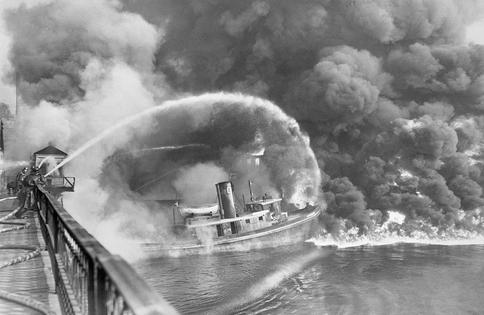
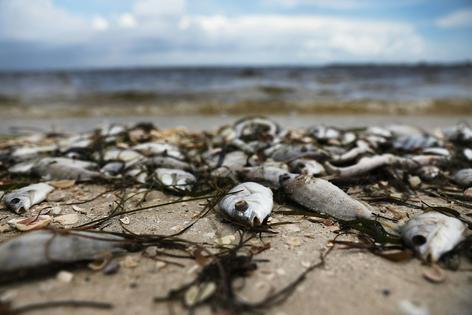
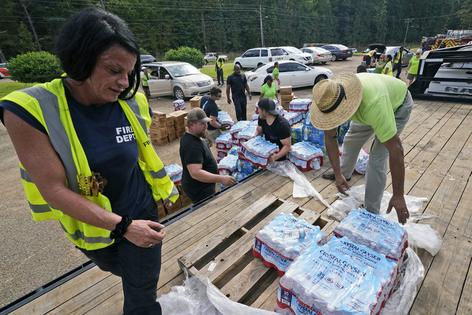






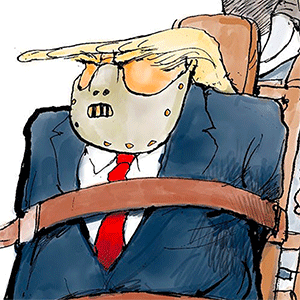


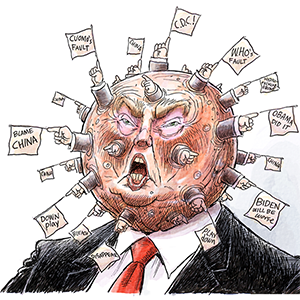
Comments